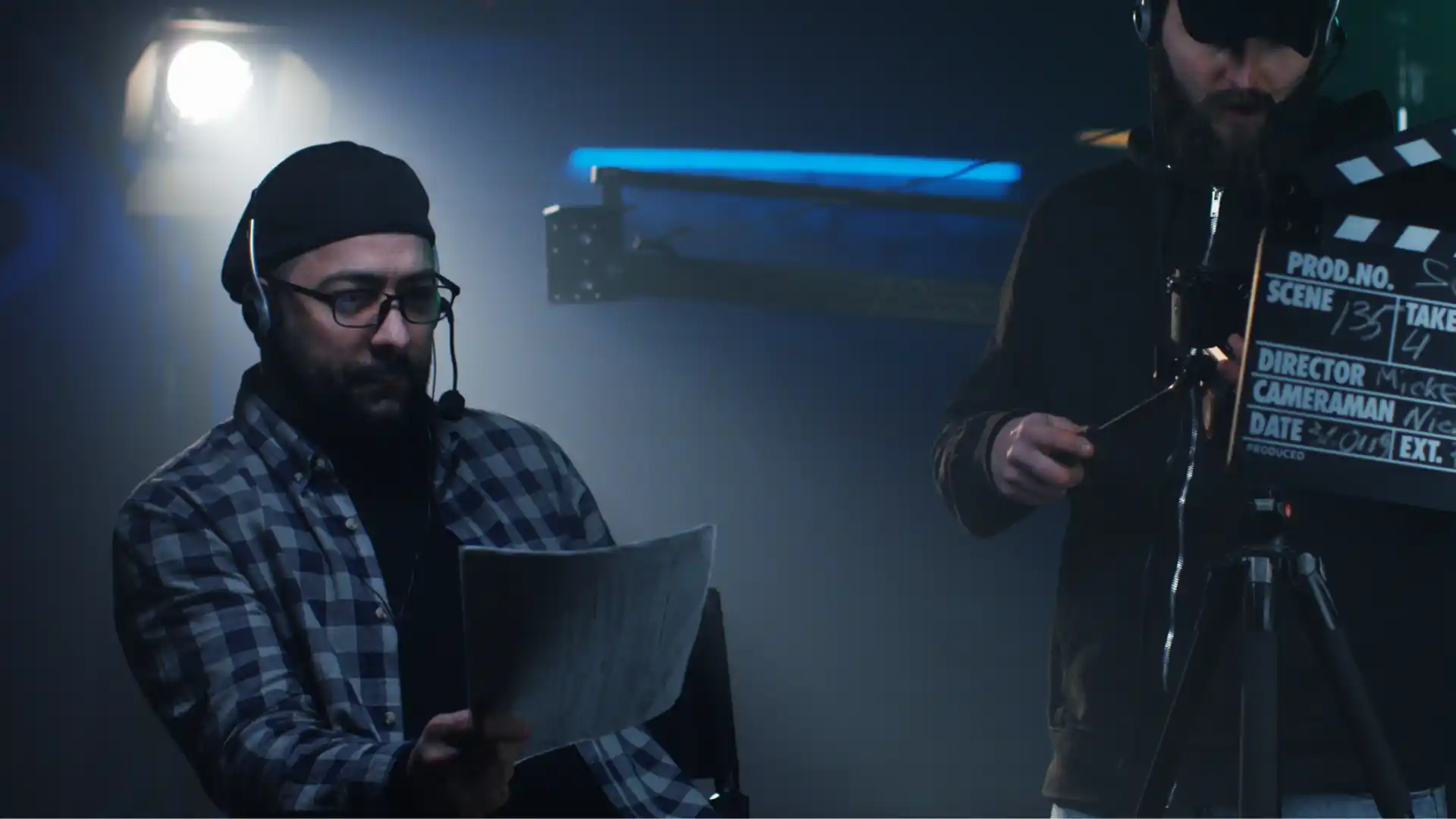Are you passionate about fashion and have a knack for visual storytelling? If so, a career as a fashion illustrator might be the perfect fit for you. Fashion illustrators play a crucial role in the fashion industry, bringing designs to life through their artistic skills. In this comprehensive guide, we will explore the world of fashion illustration, including the skills required, job responsibilities, educational requirements, and career prospects. Whether you are a seasoned artist looking to transition into fashion or a budding creative soul, this article will provide you with valuable insights into the exciting field of fashion illustration.
What Does a Fashion Illustrator Do?
Fashion illustrators are responsible for creating visual representations of fashion designs. They collaborate with designers, art directors, and clients to bring their visions to life. These illustrations serve as a blueprint for fashion designers, allowing them to communicate their ideas effectively. Fashion illustrators use various mediums such as pencil, ink, watercolor, or digital tools to create their artwork. They need to have a keen eye for detail, a strong sense of fashion trends, and the ability to capture the essence of a garment or accessory.
Skills Required for Fashion Illustrators
To excel as a fashion illustrator, certain skills are essential. Let’s take a look at some of the key skills that can help you thrive in this creative career:
- Drawing Skills: Fashion illustrators must possess excellent drawing skills to accurately depict clothing, accessories, and human figures. Practice sketching different poses, fabric textures, and fashion silhouettes to enhance your drawing abilities.
- Knowledge of Fashion Trends: Staying up-to-date with the latest fashion trends is crucial for a fashion illustrator. Understanding current styles, colors, and fabric choices will enable you to create illustrations that resonate with industry demands.
- Creativity and Imagination: Fashion illustration is all about creativity and imagination. You should be able to think outside the box and bring a unique perspective to your illustrations. Experiment with different styles, techniques, and mediums to develop your artistic voice.
- Technical Skills: In today’s digital age, proficiency in digital illustration tools like Adobe Illustrator and Photoshop is highly beneficial. Familiarize yourself with these software programs to create digital fashion illustrations and enhance your workflow.
- Attention to Detail: Precision and attention to detail are vital in fashion illustration. Every line, curve, and shading should be meticulously executed to accurately represent the designer’s vision.
Educational Requirements for Fashion Illustrators
While a formal education is not always required to become a fashion illustrator, it can significantly enhance your skills and job prospects. Many universities, colleges, and art schools offer programs and courses in fashion illustration. Some renowned institutions known for their fashion-related programs include New York University (NYU), Parsons School of Design (Parsons), The New School, Fashion Institute of Technology (FIT), and Fashion Institute of Design & Merchandising (FIDM).
Additionally, online courses can provide flexibility and convenience for those unable to attend traditional institutions. Yellowbrick, for example, offers an online course called “FIT Fashion Styling Foundations” that covers various aspects of fashion illustration.
Building a Fashion Illustrator Portfolio
Creating a strong portfolio is essential for aspiring fashion illustrators. Your portfolio showcases your skills, style, and versatility to potential clients and employers. Here are some tips for building an impressive fashion illustration portfolio:
- Showcase a Variety of Styles: Include a range of fashion illustrations that demonstrate your versatility and ability to adapt to different design aesthetics.
- Highlight Technical Skills: If you have expertise in digital illustration, be sure to include examples of your digital artwork. This demonstrates your proficiency in using modern tools and techniques.
- Include Fashion Collaborations: If you have collaborated with fashion designers or brands in the past, showcase those illustrations in your portfolio. It adds credibility and shows that your work has been recognized by industry professionals.
- Keep it Updated: Regularly update your portfolio with new and improved illustrations to reflect your growth as an artist. Remove any outdated or weaker pieces to maintain a consistent and high-quality presentation.
Career Prospects for Fashion Illustrators
Fashion illustrators can pursue various career paths within the fashion industry. Some common career options include:
- Freelance Illustrator: Many fashion illustrators work as freelancers, taking on projects from different clients. This allows for flexibility and the opportunity to work on a diverse range of projects.
- In-house Illustrator: Some fashion brands and design studios hire fashion illustrators as part of their in-house creative teams. This provides stability and the chance to work closely with designers and industry professionals.
- Publishing and Media: Fashion magazines, books, and online publications often require the expertise of fashion illustrators to create captivating visuals for their content.
- Teaching and Workshops: Experienced fashion illustrators can share their knowledge and skills by teaching or conducting workshops at universities, art schools, or through online platforms.
Key Takeaways
- Fashion illustrators create visual representations of fashion designs, collaborating with designers and clients to bring their visions to life.
- Essential skills for fashion illustrators include strong drawing skills, knowledge of fashion trends, creativity, technical proficiency, and attention to detail.
- While a formal education is not always required, pursuing programs or courses in fashion illustration can enhance skills and job prospects.
- Building a strong portfolio showcasing versatility, technical skills, and collaborations is crucial for aspiring fashion illustrators.
- Fashion illustrators can pursue freelance work, in-house positions, opportunities in publishing and media, or teaching and workshop roles.
- Consider taking the “FIT Fashion Styling Foundations” online course offered by Yellowbrick to further develop your fashion illustration skills and gain a valuable certificate.
Embarking on a career as a fashion illustrator opens up a world of creative possibilities. By cultivating your drawing skills, staying in tune with fashion trends, building a strong portfolio, and considering further education, you can position yourself for success in this dynamic industry. Whether you choose to freelance, work in-house, or explore other avenues, the key is to embrace your passion for fashion and let your artistic talent shine.
To take your skills to the next level, consider enrolling in the “FIT Fashion Styling Foundations” online course and certificate program offered by Yellowbrick. This comprehensive course will provide you with valuable insights and practical knowledge to excel as a fashion illustrator. So, seize the opportunity, unleash your creativity, and embark on a fulfilling career as a fashion illustrator.








